Residence Toronto, Canada Name Janet Rossant | Spouse Alex Bain Role Biologist | |
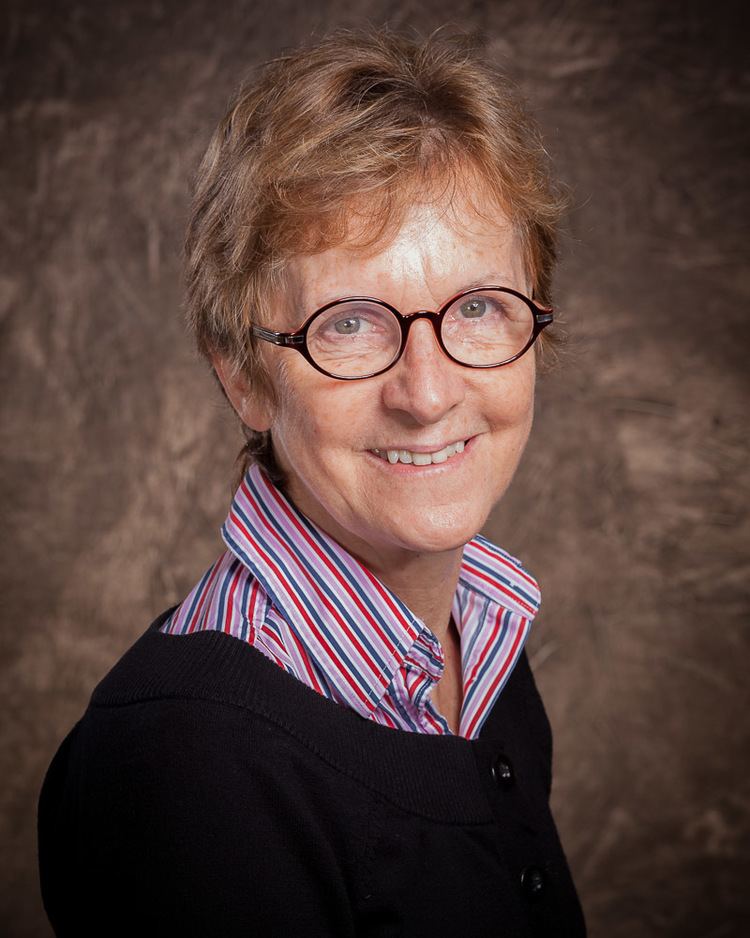 | ||
Born July 13, 1950Chatham, United Kingdom ( 1950-07-13 ) Alma mater University of Cambridge, EnglandUniversity of Oxford, England Notable awards Fellow of the Royal Society, Howard Hughes International Scholar, Fellow of the Royal Society of Canada Awards Gairdner Foundation Wightman Award | ||
2015 cgwa janet rossant
Janet Rossant, CC FRS FRSC (born 13 July 1950) is a developmental biologist well known for her contributions to the understanding of the role of genes in embryo development. Science.ca describes her as a world leader in developmental biology. Her current research interests focus on stem cells, molecular genetics, and developmental biology. Specifically, she uses cellular and genetic manipulation techniques to study how genetics control both normal and abnormal development of early mouse embryos.
Contents
- 2015 cgwa janet rossant
- What are embryonic stem cells narrated by dr janet rossant
- Education
- Sick Kids Lab
- Awards
- Selected Publications
- References
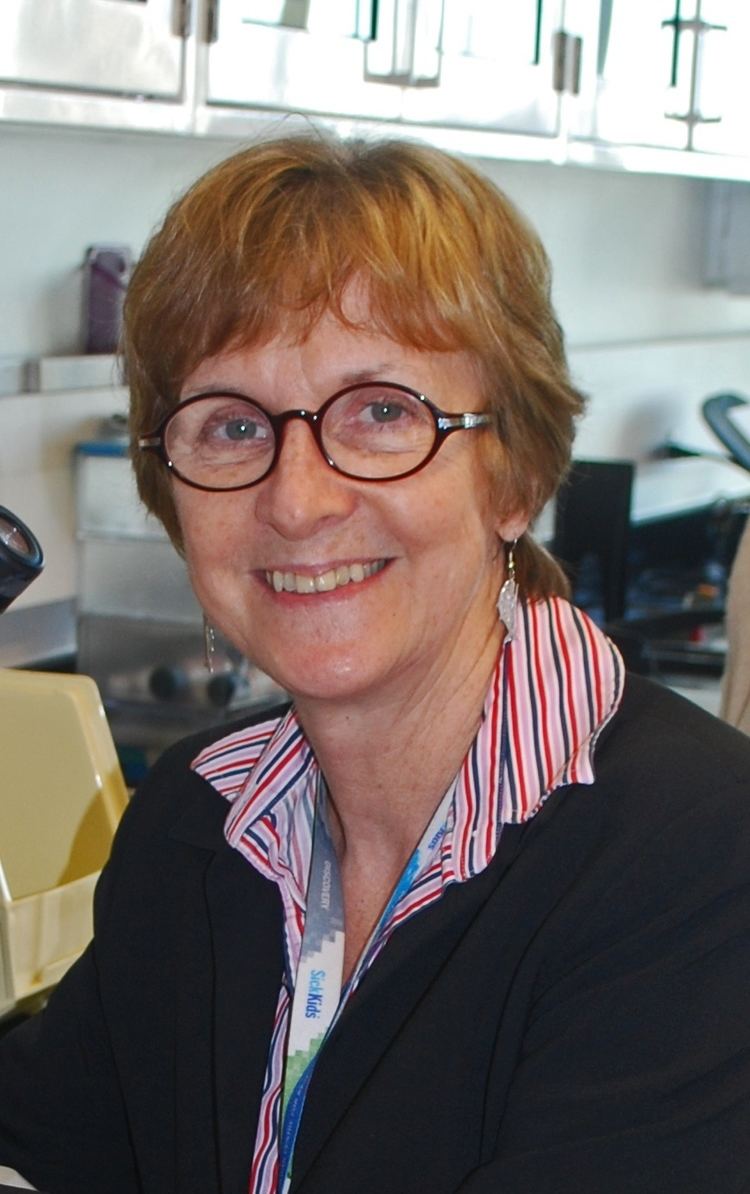
She is currently a senior scientist in the Developmental & Stem Cell Biology Program, the chief of research at the Hospital for Sick Children Research Institute in Toronto, a university professor at the University of Toronto in the departments of Molecular Genetics, Obstetrics/Gynecology, Pediatrics, deputy scientific director of the Canadian Stem Cell Network, and the senior editor of the journal eLife. In 2013, she was the president of International Society for Stem Cell Research.
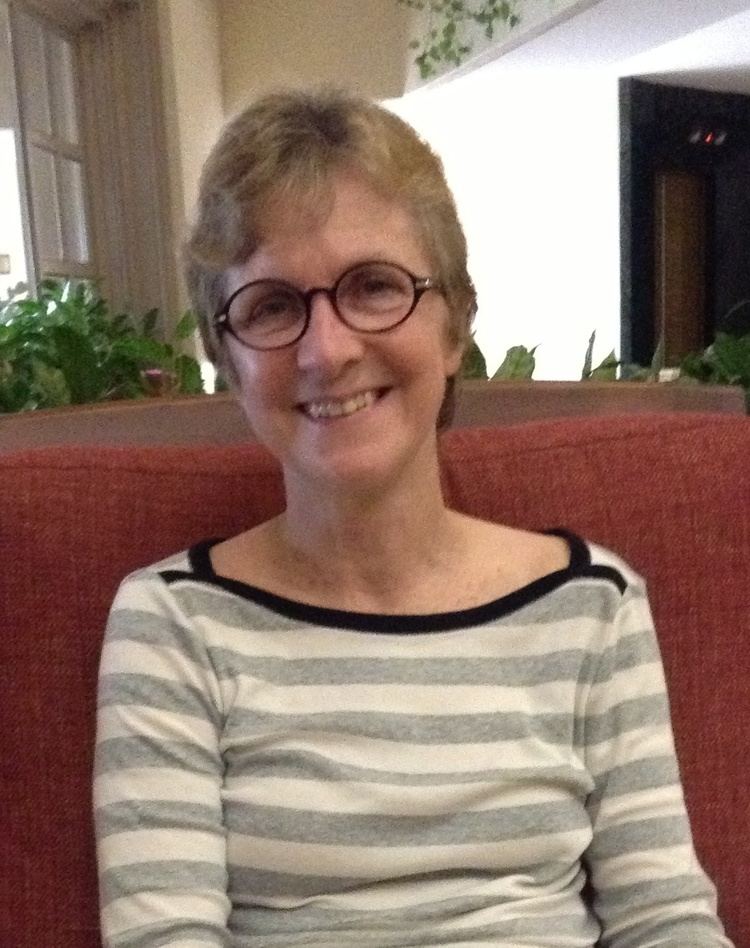
What are embryonic stem cells narrated by dr janet rossant
Education
Janet Rossant received her B.A. in zoology from the University of Oxford, England, in 1972, graduating with Honors 1st Class. She then earned her Ph.D. in mammalian development from University of Cambridge, England, in 1976.
Sick Kids Lab
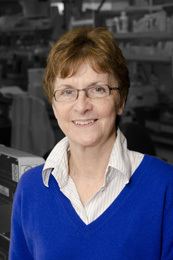
Rossant's lab is based in Toronto, Canada, at the Hospital for Sick Children, and it involves many different people in research, such as a lab manager, graduate students, postdoctoral fellows, research technologists, and research technicians. The lab specifically focuses on how cells in the early mouse embryos decide their fate and how this information can be applied to maintaining and differentiating embryo-derived stem cells. They then use this information to research how to change human iPS cells (induced pluripotent stem cells) into cell types that useful for investigating human cell biology and disease.
Awards
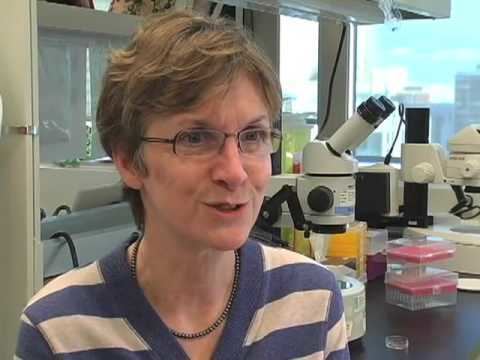
Selected Publications
More publications may be accessed at PubMed.
1. Rayon T, Menchero S, Nieto A, Xenopoulos P, Crespo M, Cockburn K, Canon S, Sasaki H, Hadjantonakis AK, de la Pompa JL, Rossant J, Manzanares M. (2014) Notch and hippo converge on Cdx2 to specify the trophectoderm lineage in the mouse blastocyst. Dev Cell. 30(4):410-22.2. Chen F, Guo R, Itoh S, Moreno L, Rosenthal E, Zappitelli T, Zirngibl RA, FLenniken A, Cole W, Grynpas M, Osborne LR, Vogel W, Adamson L, Rossant J, Aubin JE. (2014) First mouse model for combined osteogenesis imperfecta and Ehlers-Danlos syndrome. J Bone Miner Res. 29(6):1412-23. 3. Posfai E, Tam OH, Rossant J. (2014) Mechanisms of pluripotency in vivo and in vitro. Curr Top Dev Biol. 107:1-37.4. Cockburn K, Biechele S, Garner J, Rossant J. (2013) The hippo pathway member nf2 is required for inner cell mass specification. Current Biology. 23(13): 1195-201.5. Biechele S, Cockburn K, Lanner F, Cox BJ, Rossant J. (2013) Porcn-dependent Wnt signaling is not required prior to mouse gastrulation. Development. 140(14): 2961-71.6. Wong AP, Rossant J. (2013) Generation of lung epithelium from pluripotent stem cells. Current Pathobiology Reports. 1(2):137-145.7. Hirate Y, Cockburn K, Rossant J, Sasaki H. (2012) Tead4 is constitutively nuclear, while nuclear vs. cytoplasmic Yap distribution is regulated in preimplantation mouse embryos. Proceedings of the National Academy of Sciences, USA. 109(50):E3389-90.